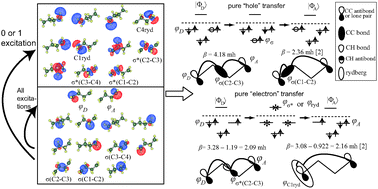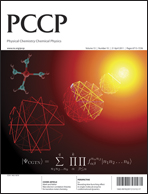We present a novel pathway analysis of super-exchange electronic couplings in electron transfer reactions using localized molecular orbitals from multi-configuration self-consistent field (MCSCF) calculations. In our analysis, the electronic coupling and the tunneling pathways can be calculated in terms of the configuration interaction (CI) Hamiltonian matrix obtained from the localized MCSCF wave function. Making use of the occupation restricted multiple active spaces (ORMAS) method can effectively produce the donor, acceptor, and intermediate configuration state functions (CSFs) and CIs among these CSFs. In order to express the electronic coupling as a sum of individual tunneling pathways contributions, we employed two perturbative methods: Löwdin projection-iteration method and higher-order super-exchange method. We applied them to anion couplings of butane-1,4-diyl and pentane-1,5-diyl. The results were (1) the electronic couplings calculated from the two perturbative methods were in reasonable agreement with those from a non-perturbative method (one-half value of the energy difference between the ground and first excited states), (2) the main tunneling pathways consisted of a small number of lower-order super-exchange pathways where bonding, anti-bonding, or extra-valence-shell orbitals were used once or twice, and (3) the interference among a huge number of higher-order super-exchange pathways significantly contributed to the overall electronic coupling, whereas each of them contributed only fractionally. Our method can adequately take into account both effects of non-dynamical electron correlation and orbital relaxation. Comparing with the analyses based on the Koopmans' theorem (ignoring both effects) and the ORMAS–CIs from frozen localized reference orbitals (ignoring the effect of orbital relaxation), we discuss these effects.

You have access to this article
 Please wait while we load your content...
Something went wrong. Try again?
Please wait while we load your content...
Something went wrong. Try again?


 Please wait while we load your content...
Please wait while we load your content...